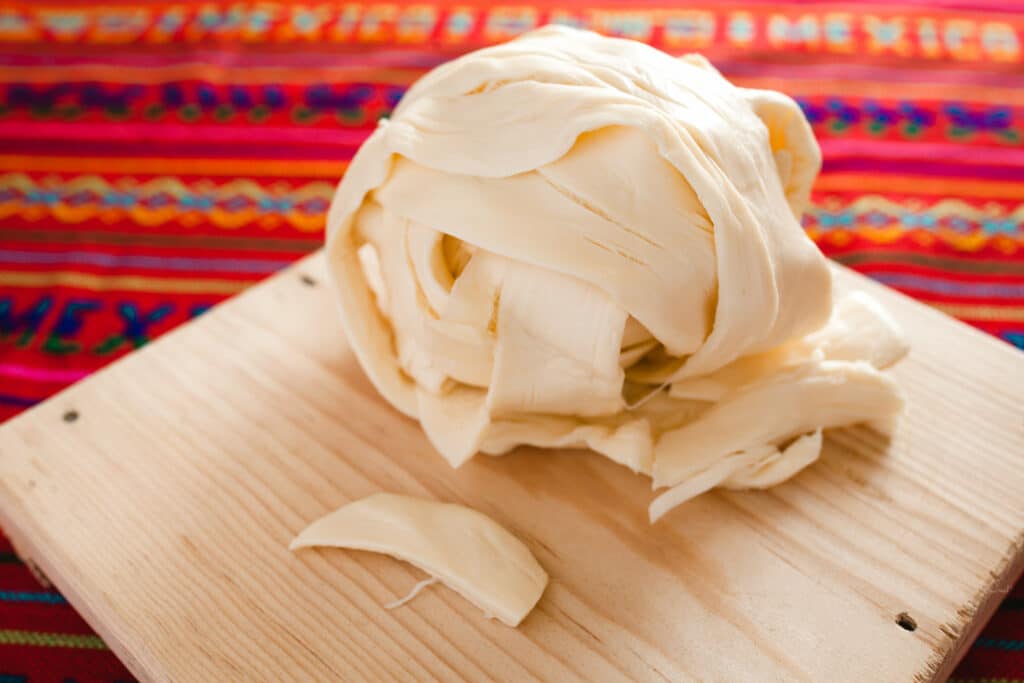January 20th is National Cheese Lover’s Day! There’s no question that the appreciation of cheese deserves its own day. But there are questions about the history of cheese in Mexican food. We think of cheese as a necessary ingredient to Mexican cuisine, but was it always that way? The short answer is “no,” although whether that disqualifies cheese as part of traditional cuisine is up for debate. At California Burritos, we give you an authentic taste of Mexico, and these days, that includes cheese.
Let’s take a look at the history of cheese in Mexican food and settle the debate over whether it’s a traditional ingredient.
The Introduction of Dairy to the New World
The primary argument against cheese being a traditional ingredient in Mexican cuisine is that Mexican cheese production is post-Columbian. The Spanish brought dairy-producing animals such as cattle, goats, and sheep to the New World in the 16th century. Before that time, dairy products were not part of the Mexican diet. However, the indigenous peoples soon took to cheese-making and quickly added it to their traditional dishes.
Mexican Cheese Production
Cheese production in Mexico is highly localized, with only a few varieties being mass-produced. The vast majority of cheeses in Mexico are made by home-based farmers and cheese makers using local raw (unpasteurized) milk. Although only a few varieties are mass-produced, Mexico still ranks tenth in the world for cheese production and eighth for cheese consumption. Making cheese may be a relatively recent addition to Mexico’s culinary culture, but it’s certainly a key part of it now.

Regional Cheese Varieties
It’s hard to pin down how many varieties of cheese are made in Mexico because each region has its own names for various cheeses or calls different cheeses by the same name. However, there are a few basic varieties that we think of as Mexican cheeses. The most popular fresh (not aged) cheeses are queso fresco, panela, and asadero. These are soft cheeses typically used for melting. Most Mexican cheeses are variations of Spanish varieties, but there are four varieties that are purely Mexican inventions: Oaxaca, Cotija, Chihuahua, and Manchego. Although Manchego does share a name with a Spanish cheese, the Mexican variety uses cows’ milk or cows’ and goats’ milk, while the Spanish uses sheep’s milk and ages for a longer time.
Enjoy Mexican Food at California Burritos
Although Mexican food may not have included cheese from the beginning, it is inseparable from Mexican cuisine and culture now. So we think it’s fair to claim cheese as part of traditional Mexican food. But no matter where you land in the debate, you can’t deny that it’s a tasty addition that we’d rather not be without.
